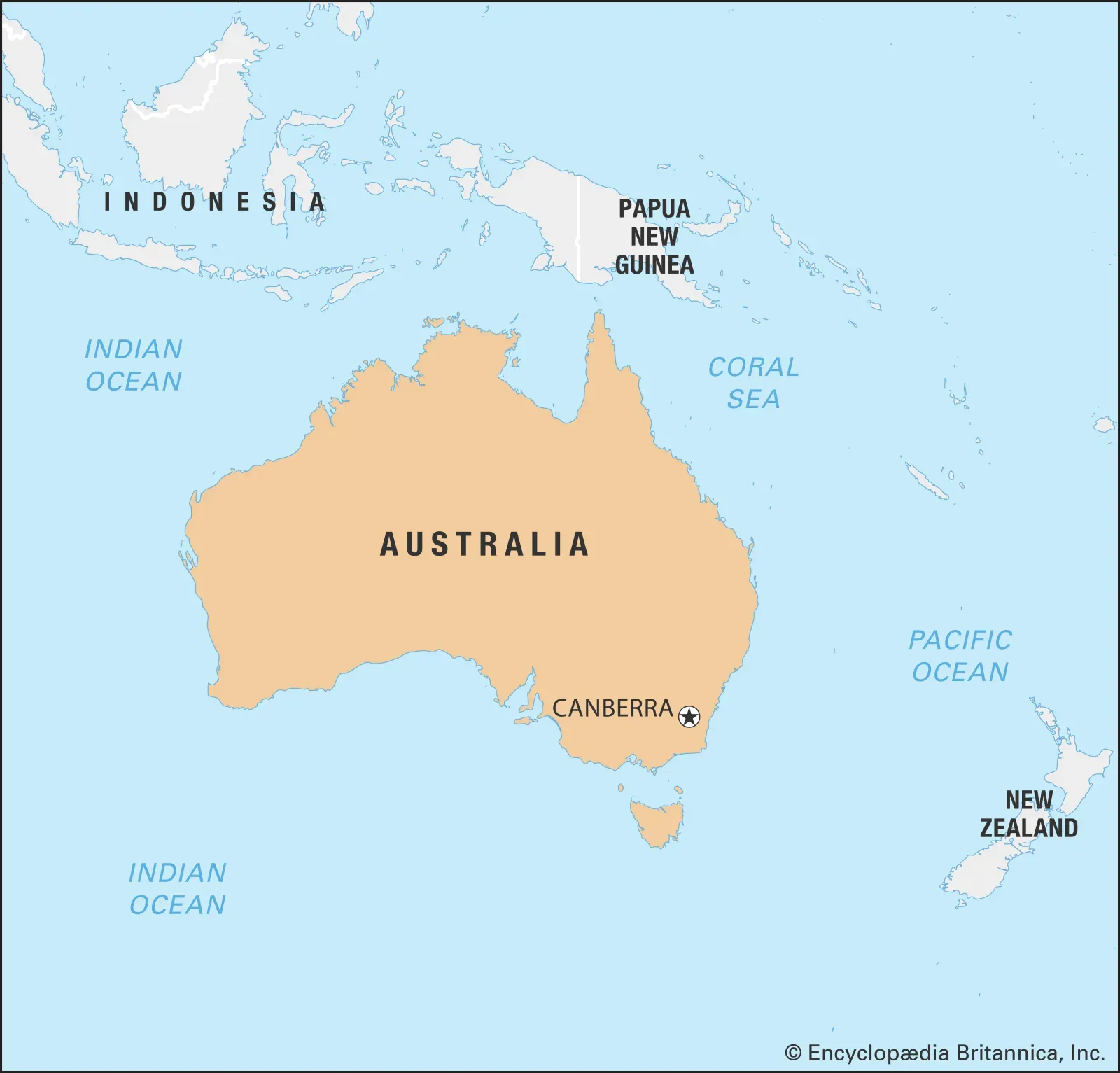Why Do Gray Hairs Have a Different Texture?
As people age, they often notice that their gray hair feels different from the rest of their strands. This change in texture can be attributed to several factors. Gray hair not only signifies a lack of pigmentation but also undergoes structural changes that affect its feel and appearance. The reason for these changes lies in the biology of hair and the natural aging process.

As we age, one of the most noticeable changes is the emergence of ''gray hairs''. While many people focus on the aesthetic implications of gray hair, a fascinating aspect that often goes unnoticed is the change in texture that accompanies this transition. Understanding why gray hairs have a different texture can provide insight into the aging process and hair health. In this article, we will explore the reasons behind the texture change and highlight some key factors that contribute to this phenomenon.
Understanding Hair Structure
To comprehend why gray hairs feel different, it's essential to first understand the structure of hair. Each strand of hair is composed of three layers: the cuticle, cortex, and medulla. The cuticle is the outer layer and acts as a protective barrier, while the cortex contains the pigment that gives hair its color and strength. The medulla is the innermost layer and is not always present in every hair type.
Loss of Melanin
One of the primary reasons ''gray hairs'' have a different texture is the loss of melanin, the pigment responsible for hair color. As we age, the production of melanin decreases due to the reduction of melanocytes, the cells that produce this pigment. This reduction leads to the hair turning gray or white, but it also affects the hair's texture. Gray hairs often feel coarser and drier than their pigmented counterparts.
Changes in Hair Follicles
Another factor contributing to the change in texture is the alteration of hair follicles. As we age, hair follicles undergo changes that can affect the thickness and quality of hair. Gray hairs may be thinner or have a different growth pattern, resulting in a texture that feels less smooth. The diagram below illustrates the differences between pigmented and gray hairs:
| Feature | Pigmented Hair | Gray Hair |
|---|---|---|
| Melanin Content | High | Low/None |
| Texture | Smooth | Coarse |
| Moisture Retention | Higher | Lower |
| Thickness | Varies | Often Thinner |
Environmental and Lifestyle Factors
Beyond genetics, several ''environmental and lifestyle factors'' can contribute to the texture of gray hair. Exposure to UV rays, pollution, and harsh hair treatments can all exacerbate the coarseness and dryness of gray strands. Additionally, diet and nutrition play crucial roles in hair health. A diet lacking essential nutrients can lead to weaker hair, making gray strands feel more brittle and rough.
Hair Care Tips for Gray Hair
To manage the texture of gray hair effectively, consider implementing the following hair care tips:
- Moisturizing Products: Use shampoos and conditioners specifically designed for dry or coarse hair. Look for products that contain natural oils, such as argan oil or coconut oil, to help retain moisture.
- Regular Trims: Keeping gray hair trimmed can help prevent split ends and maintain a healthier appearance.
- Heat Protection: If you style your hair with heat, always use a heat protectant to minimize damage and dryness.
- Hydration: Drink plenty of water and maintain a balanced diet rich in vitamins and minerals to support hair health.
The Psychological Aspect of Gray Hair
The change in texture and color can also have psychological implications for many individuals. For some, gray hair may signify wisdom and maturity, while for others, it may be a source of insecurity. Embracing gray hair as a natural part of the aging process can be empowering. This shift in mindset can foster a positive relationship with your hair, regardless of its texture or color.
Conclusion
In summary, the difference in texture between gray hairs and pigmented hairs can be attributed to several factors, including the loss of melanin, changes in hair follicles, and external influences. Understanding these elements can help individuals adapt their hair care routines and embrace their natural beauty. By implementing effective hair care strategies and adopting a positive mindset, you can maintain healthy and vibrant hair, regardless of its color or texture.












